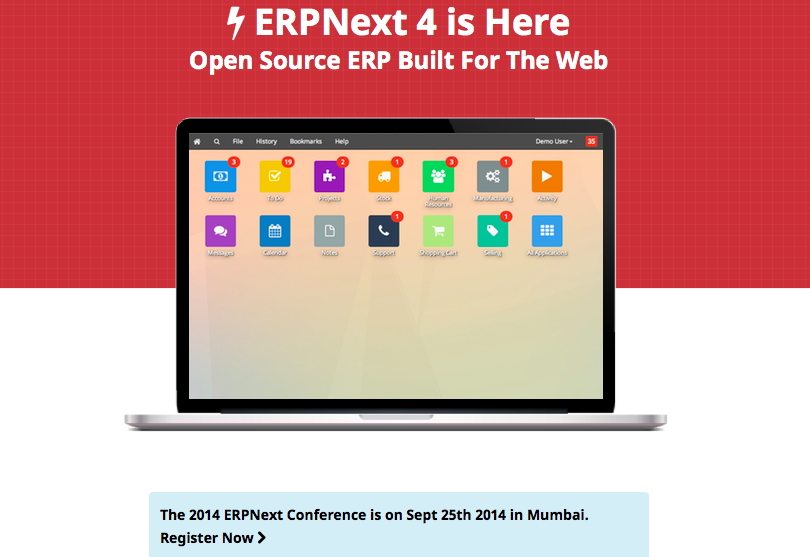In last 4 years, I have built 3 startups and multiple products, some did well, some didn’t. Currently I am building AeroLeads which is a prospect generation software, before this, I built InBoundio and before it WorkMonk (now shut down). In between, I took few short and one long break (of one year). With all this experience, I have learnt a lot about how to build a business, about technology, marketing, sales and finances.
When I was starting, I made lot of mistakes and wasted lot of time in doing things which were counter productive or didn’t align with building and growing a business. I also made lot of mistakes from technology and hiring people too. So I thought to write a Complete Guide on How to Build a Startup in India. I am sharing all what I have seen and learnt from my mistakes and what you can do to avoid them.
1. Idea and What to build
Do what you want to do. I am a firm believer in this as the startups require lot of hard work and if you are not having fun and doing what you find it exciting, you will soon lose motivation.
Ideally you want to start from a pain point and see what solution you can build. It will be good if that is a problem faced by many as this will determine your market size. There is also “sell Antibiotic and Not Vitamins” concept as people only pay for antibiotics, not for vitamins.
Almost all the startups (at least the successful ones) are built around a solution for a problem. Do not create artificial problems as it is easy to have tunnel vision as a startup founder.
Also almost always people start with something else and end up building something else after few failures and iterations.
2. Team
Going solo is stupid and suicidal. I know because I am a single founder. Always have a co-founder who will share pain, expenses, problems and work load. Normally college friends become the best co-founders. Founding team of 2-3 is best. I have seen teams which are too big often split up later and ends up as 2-3 founder company anyway. You can have your brother/spouse as co-founder too but make sure he/she shares the responsibility. Way too many people add directors/co-founders for name sake which creates false illusion of someone being there.
Build your core team based on character and not on skills since skills can be build easily, character can’t. Make sure you like these people and enjoy working with them since you will be spending 50% of your awake time with them.
3. How to start
You are better of starting from your home. Don’t jump taking office, furniture, startup branding material, forming company etc. These things are not important initially. Way too too many startup founders make this mistake and loses focus. When time and money are at scarcity, use it wisely.
Spend all your time and resources on building and selling. Don’t bother about fancy office, furniture, stationery, t-shirts and even registering company. These can be dealt with later.
Whether to register a private limited company or not is your choice. My opinion on it keeps on changing but I feels if there are multiple co-founders and partners, you should register a private limited company. You can get it done for around 20k. Do get proper partnership agreements done too.
Initially you may want to pool some money and keep it in your bank account say 5 lakh which can use to pay bills too. Such buffer amount is needed so you don’t have to keep using your personal funds which will make tracking expenses difficult.
4. Technology
One of the founder has to understand technology. Way too many startups fail because of bad technical decision specially choosing wrong technology stack (I have done it). Ask others what is the best option for you. As few more people. This is one thing which has huge cost of failure involved. Don’t just chose something because this is all you know. You can spend 3 months learning something which will be far more beneficial so be open for it.
Also do not do premature scaling. Don’t buy costly servers and start talking about scaling with you have few hundred records and your product don’t even need that. Don’t use technology just because it is cool. Using AWS, angular, node.js is fine but may be overkill if all you need is $10/month hosting and a web framework which supports crud operation.
Do explore all the options and do keep things like how easy it is to find developers, in what salary range, what kind of support is available, how active is the developer community etc. Never chose a technology stack just because it is cool.
4. How to Hire ?
There is no silver bullet, the best of the best I have seen makes hiring mistakes. Ideally you want to do inbound hiring. Let people come to you by hearing about you and your startup. This often brings ownership and commitment.
I have rarely seen finding your core members from Naukri or Monster working out for any startup. HasJobs, Startup Facebook Groups, LinkedIn/Twitter, Company career page on the hand has worked much better for me and others.
Don’t go for the resume screening too. Just talk to them and look what they can bring now and in future as well. Always prefer character over skill as skill can be build in few months, character can’t. Hiring a wrong person will be a huge liability in terms of time, money and resources invested, not to mention asking someone to leave is never easy for anyone so be very careful in hiring and always keep 3-6 months screening/trial period.
5. How to Raise Funding ?
Back in 2011, I had spent 3 months trying to raise funding. There wasn’t really much to show, there was no product or team and I was extremely hyper. I wasn’t sure how much I wanted to raise and the number kept on fluctuating from $200k to $1M on daily basis.
Needless to say, I couldn’t raise anything but still I did learnt some very valuable lessons by getting rejected from every VC and angel investors of India. DO NOT chase them, let them chase you. There are plenty of associates hanging out on linkedIn and who reads YourStory and NextBigWhat so if you are doing good, they will contact you. Raising Funding is a two sided market and investors values good startups and will quick to jump on to you if they see value.
From what I have seen, do not raise anything below 50 lakh. It is not worth diluting or going through the hassle of issuing stocks for small amounts. Normally with just 6-8 people, your burn rate will be 5 lakh per month at least so 50 lakh is a minimum (this is what I have seen in Bangalore). If you can raise more initially, even better as raising money is a huge pain and sucks time and energy.
Don’t be attached too many feelings and emotions with funding though, some of the biggest and successful tech product companies in India are bootstrapped and there are businesses which are family run. If you are not able to to make things move in 3 months, move on. Raising money is not your primary job, building a business is.
6. Finances
If you are running a private limited company, make sure you keep your finances clean. All the data for private limited companies are publicly available with directors name so you don’t want to default anything as as a director. Your name may get blacklisted if you don’t audit and file returns. Hire a good friendly CA (not a firm, they are only there to make money) who will give you good advice too.
Ideally one of the core founding team member should manage finances as money is oxygen for startups. It is also important if you want to raise funding in future too. I have tried to use various software but somehow never got used to them as I found them clumsy, I anyway don’t run a big company in terms of people so for me netbanking + excel file works. Find the best option for you and stick to it.
7. Sales and Marketing
Make sure you grow organically initially. Nothing is better than growing without sales and marketing teams and zero budget and growing by word of mouth. Lets the users find you as this will validate your business model too.
Avoid hiring too many sales and marketing people initially. Premature hiring specially of sales and marketing team will burn your cash really fast. Also I have seen people being casual in hiring sales and marketing people as compared to developers (often because the founders understand technology so can screen the people better as compared to sales and marketing) which often leads to wrong hiree.
If you don’t understand sales and marketing, it is good to learn by doing things yourself. Sales and Marketing will take more time and resources than technology and is integral part of business growth.
8. Relationship, Health, Life and Fun.
Every startup founder is a dreamer and wants to make it big but it is stupid to do it at the cost of relationship, health, life and fun. I think its OK to work 14 hours a day, living on top ramen and your startup being the center of your life for some time but you can’t do it for years. In fact this means you are making wrong decisions running your startup too as this is why you are not able to find the right work life balance. I can write a lot on this from my past mistakes but I feels if you are reading this, you can easily connect the dots. Take care of your health and relationships (parents, brother/sister, spouse, friends) since you can’t buy it with money, success and fame. Also keep learning and having fun in life and have it today, don’t wait for tomorrow.
I am very sure on this – You will spend your whole life ignoring everything, only working and making 100 million dollars and when you die, Times of India will goof up and miss out printing 2 digits.
If you have any questions or if you think I can help you in some way, feel free to contact me through comments, on linkedIn, twitter, Facebook or through email.




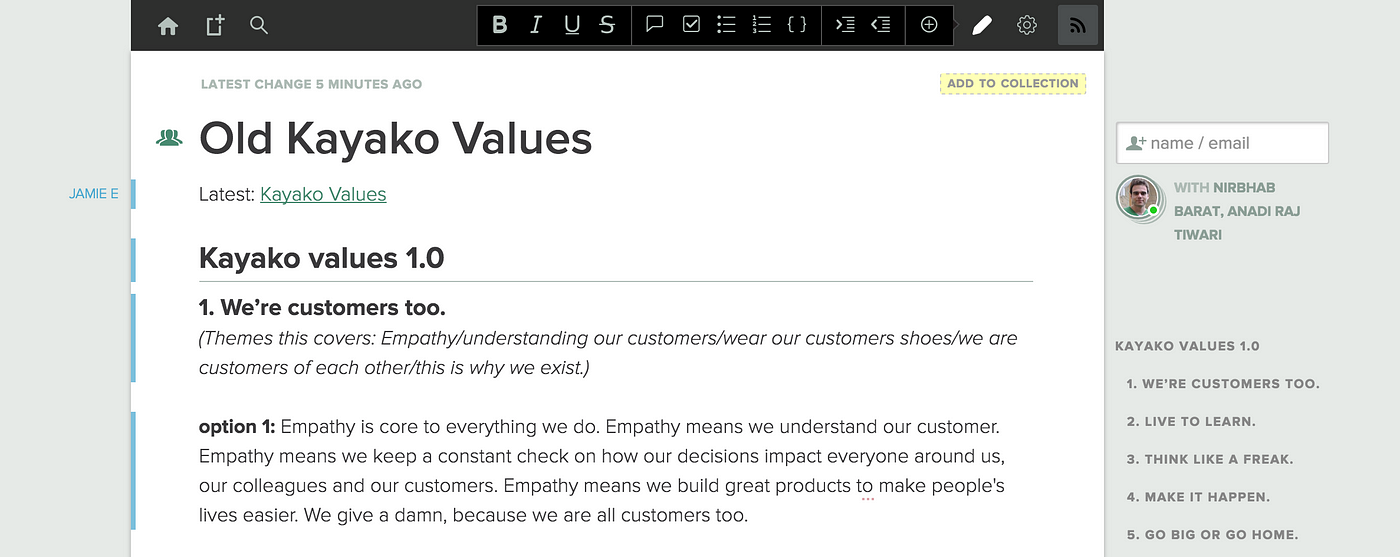

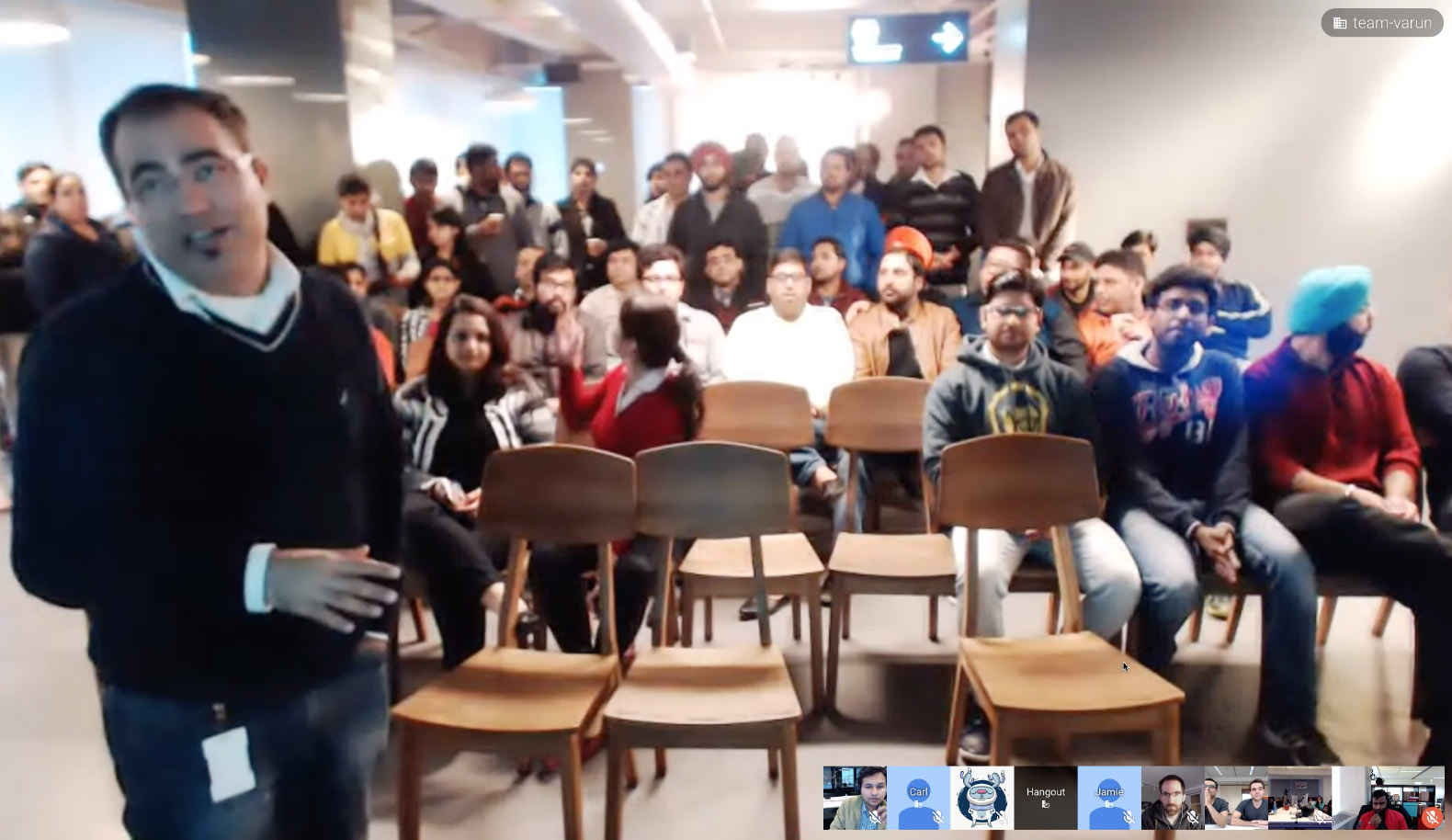

 Starting-up: Find a problem that exist in a considerably large scale and is solvable. Ideate solutions that could make lives easier. A problem could exist anywhere — in your current job or existing business models. People may or may not know about it. Develop a market need. Don’t build a start-up in view of a million dollar exit. Be obsessive about what you do, aim higher, execute mid-long term plans and take it higher.
Starting-up: Find a problem that exist in a considerably large scale and is solvable. Ideate solutions that could make lives easier. A problem could exist anywhere — in your current job or existing business models. People may or may not know about it. Develop a market need. Don’t build a start-up in view of a million dollar exit. Be obsessive about what you do, aim higher, execute mid-long term plans and take it higher.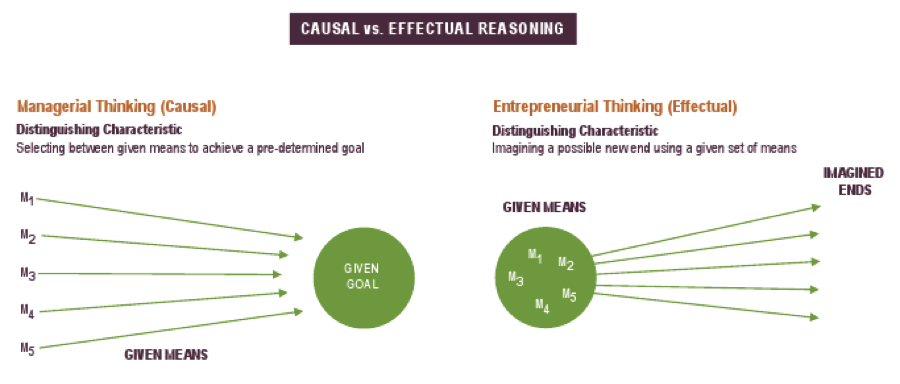
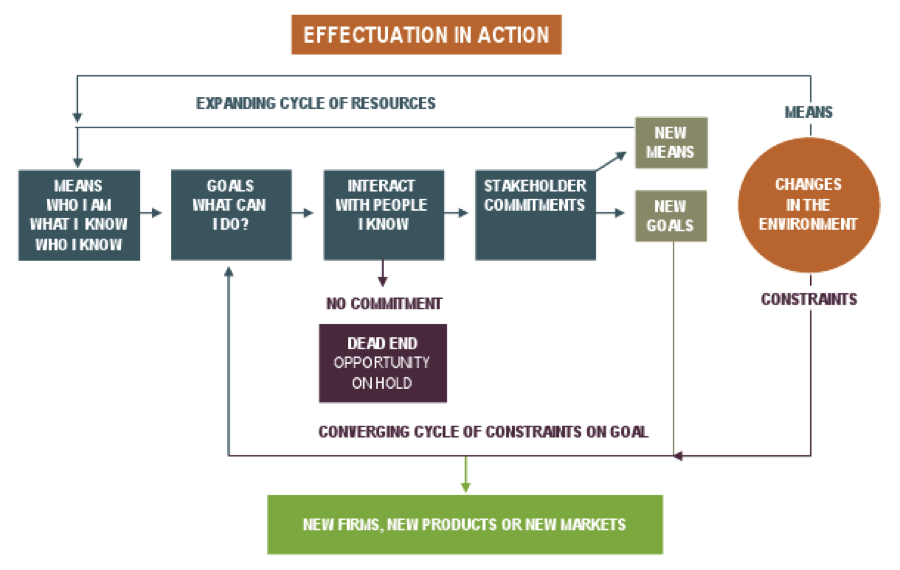
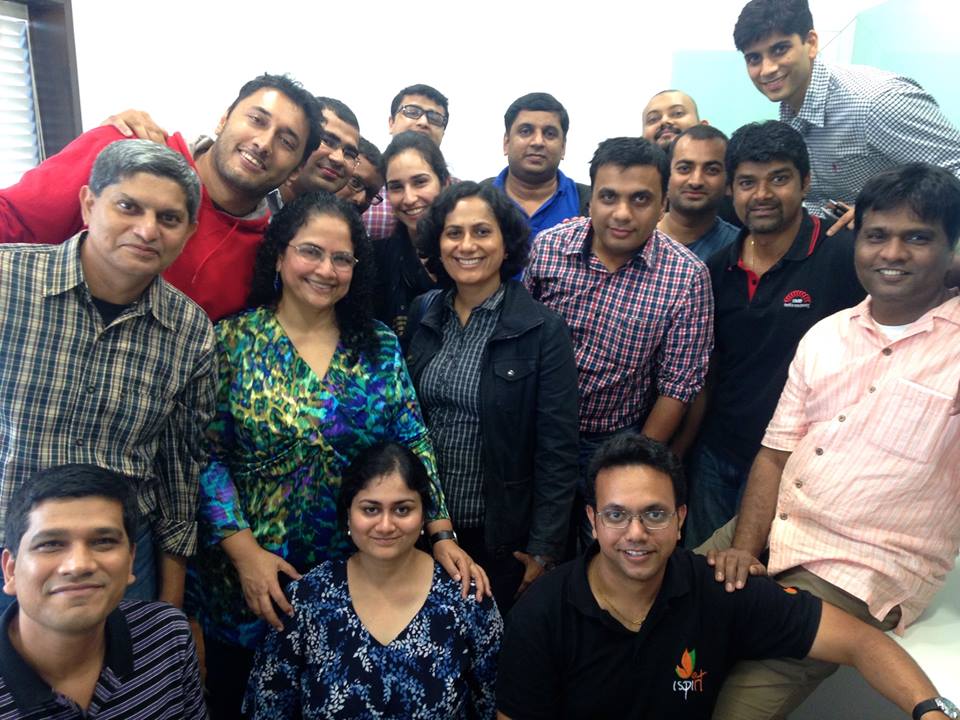 1) If one is not focusing on market research, how do you know which market segments to go after? (Adarsh of
1) If one is not focusing on market research, how do you know which market segments to go after? (Adarsh of 
 We have had both good and bad experiences as we started to work full time on this product. The good part is that we have been continuously getting positive feedback on the features and utility of our product from our customers. Early adopters have given us constructive feedback on how things can be improved further – and we have been at it.
We have had both good and bad experiences as we started to work full time on this product. The good part is that we have been continuously getting positive feedback on the features and utility of our product from our customers. Early adopters have given us constructive feedback on how things can be improved further – and we have been at it. Off-late, I have been seeing many articles on “
Off-late, I have been seeing many articles on “ Before I share the 8 selected companies, I want to tell the applicants that didn’t make to the Inner Circle this time that there will be more opportunities to get included in the coming year(s). BootUpINDIA is an ongoing program that will expand the Inner Circle over time. We are also organizing a Bootstrap Summit for the applicants and will be profiling all the applications on the on the
Before I share the 8 selected companies, I want to tell the applicants that didn’t make to the Inner Circle this time that there will be more opportunities to get included in the coming year(s). BootUpINDIA is an ongoing program that will expand the Inner Circle over time. We are also organizing a Bootstrap Summit for the applicants and will be profiling all the applications on the on the  I have been a software hobbyist, coding and developing software for fun since my school days. I graduated with a Masters in Industrial Engineering from Penn State University, US in 2004 and soon joined our family business. At that time the business was undergoing a transformation and we were trying to set up a custom ERP system to integrate Sales, Purchasing, Inventory and Accounting. I took ownership of the implementation and that experience gave me the first taste of ERP platforms.
I have been a software hobbyist, coding and developing software for fun since my school days. I graduated with a Masters in Industrial Engineering from Penn State University, US in 2004 and soon joined our family business. At that time the business was undergoing a transformation and we were trying to set up a custom ERP system to integrate Sales, Purchasing, Inventory and Accounting. I took ownership of the implementation and that experience gave me the first taste of ERP platforms.